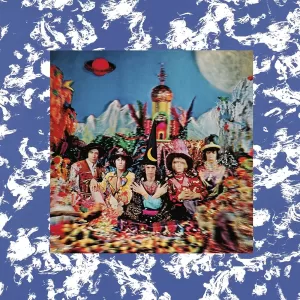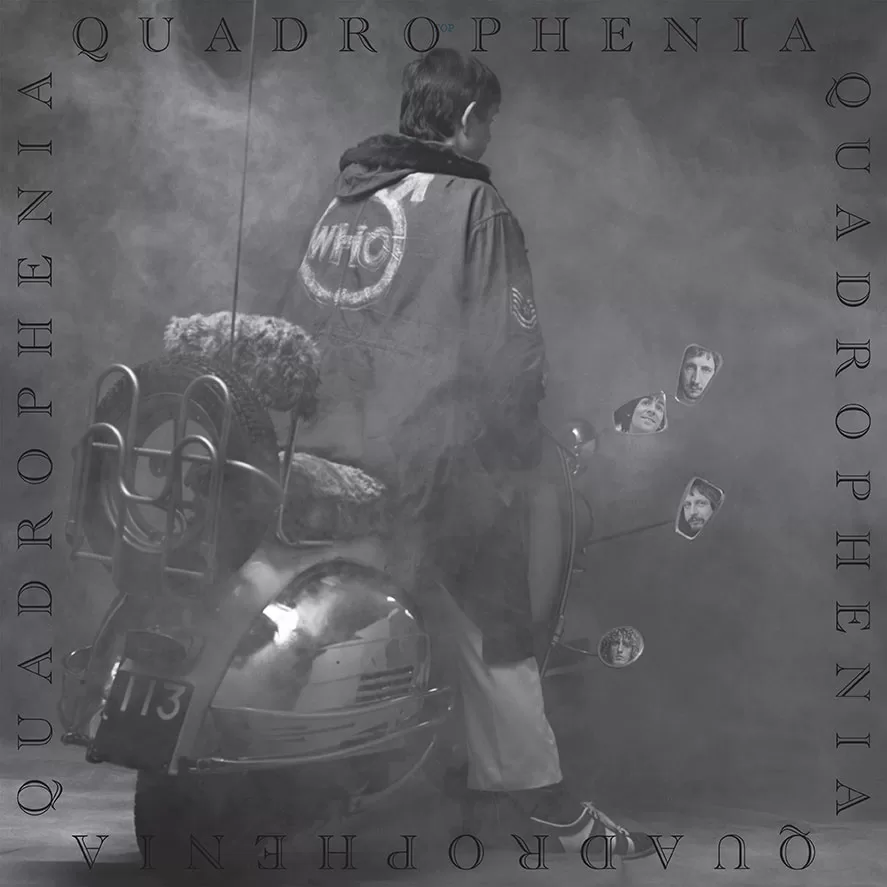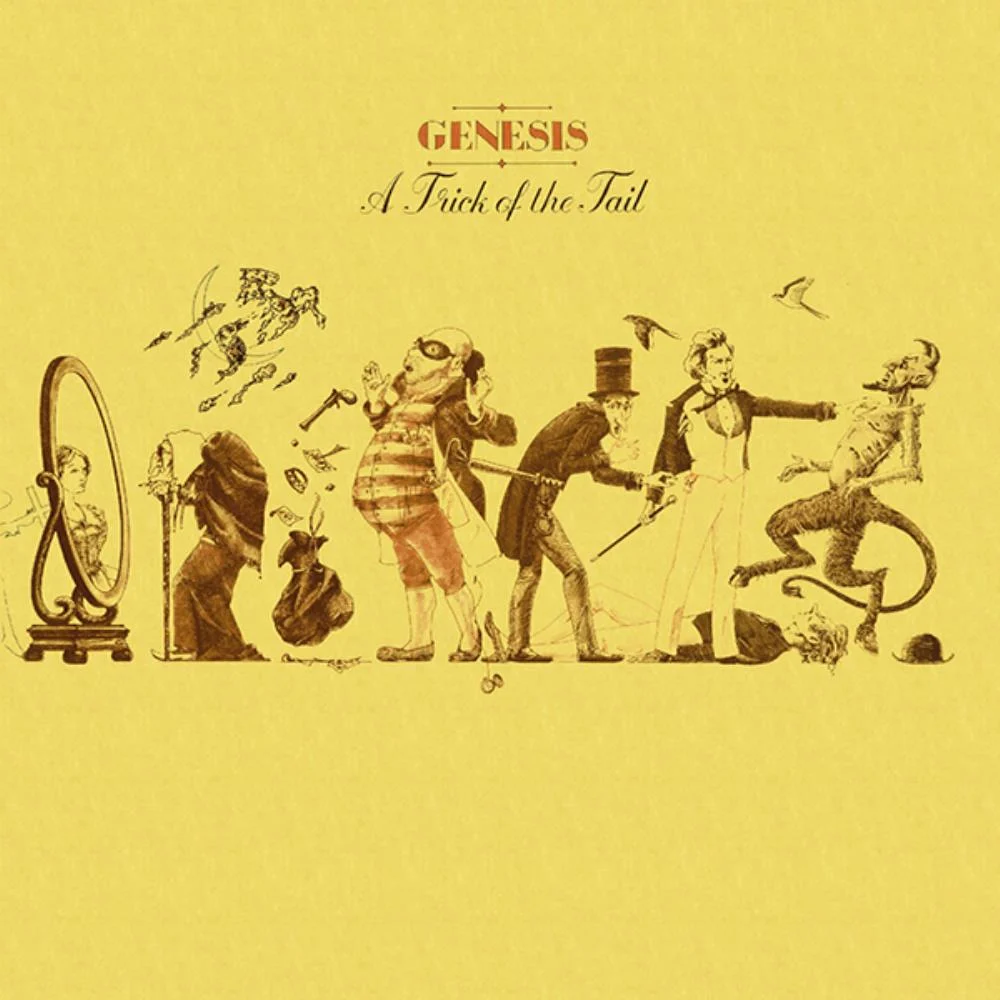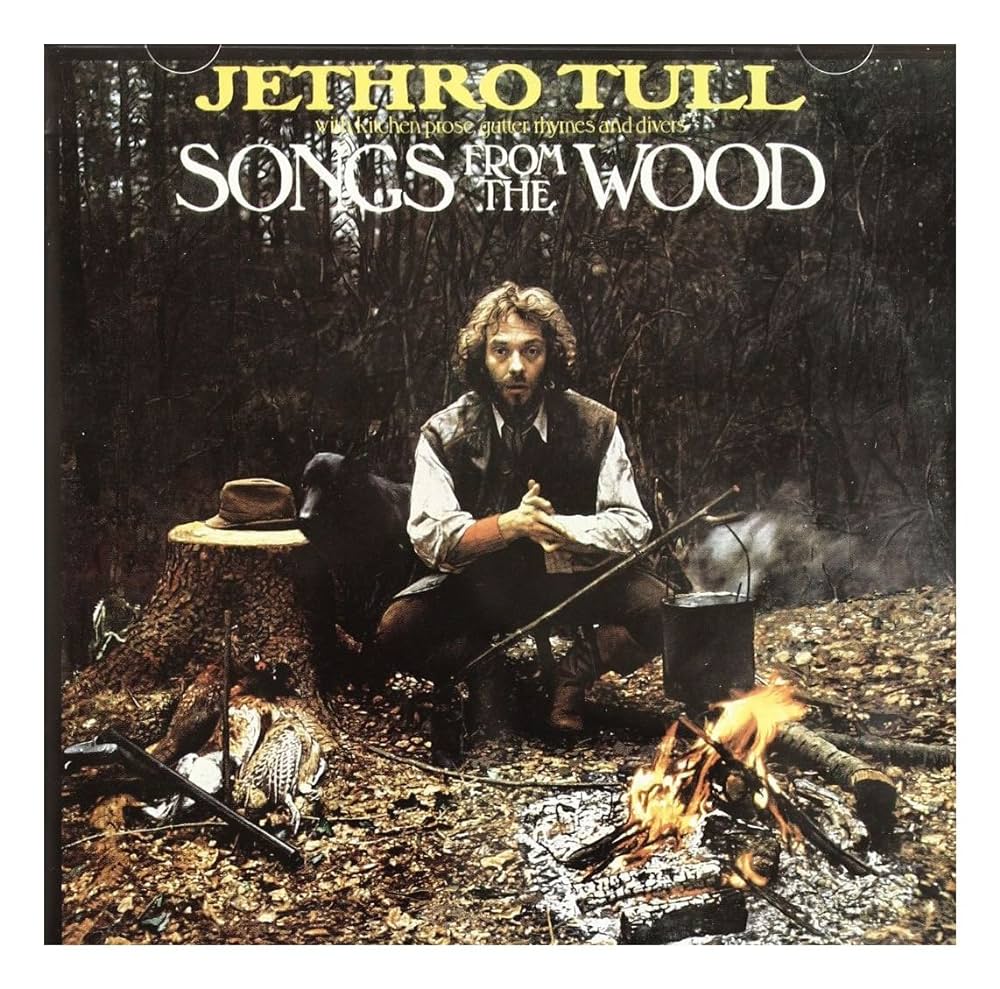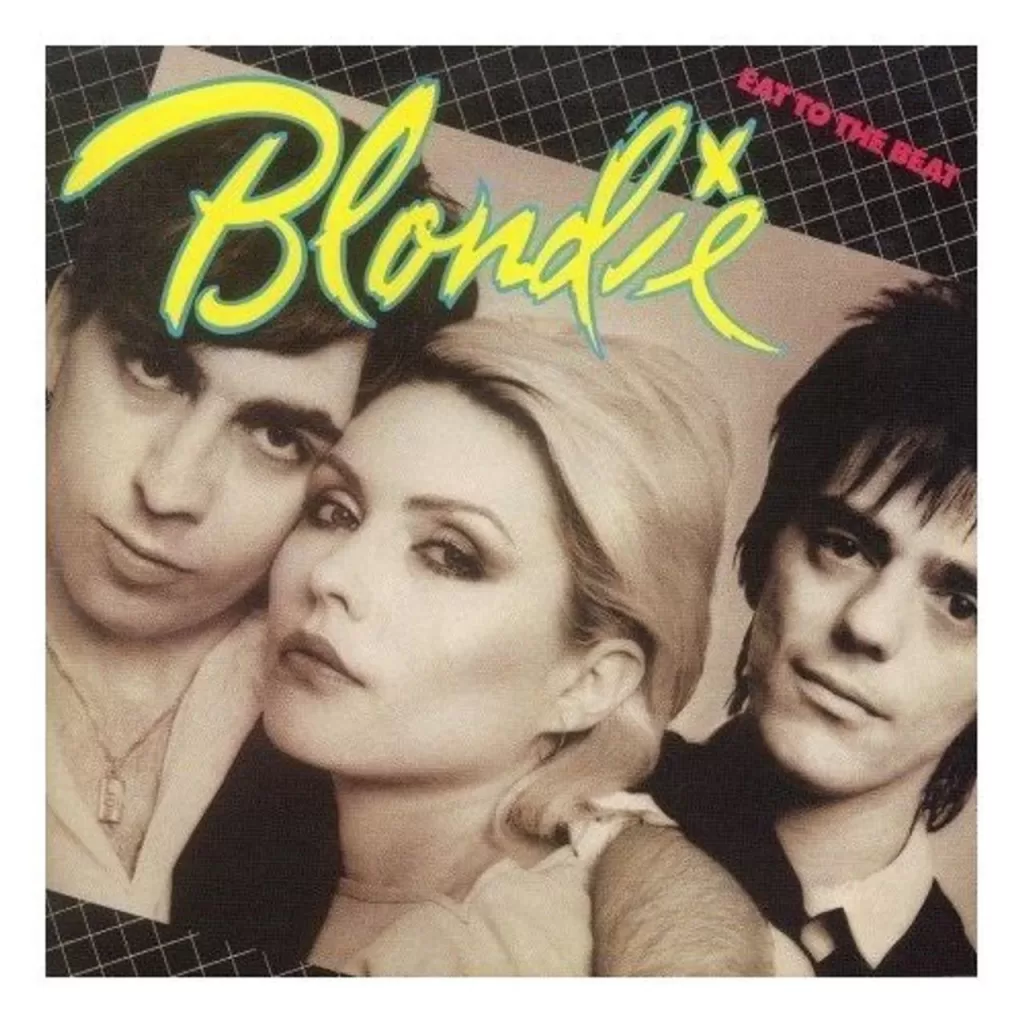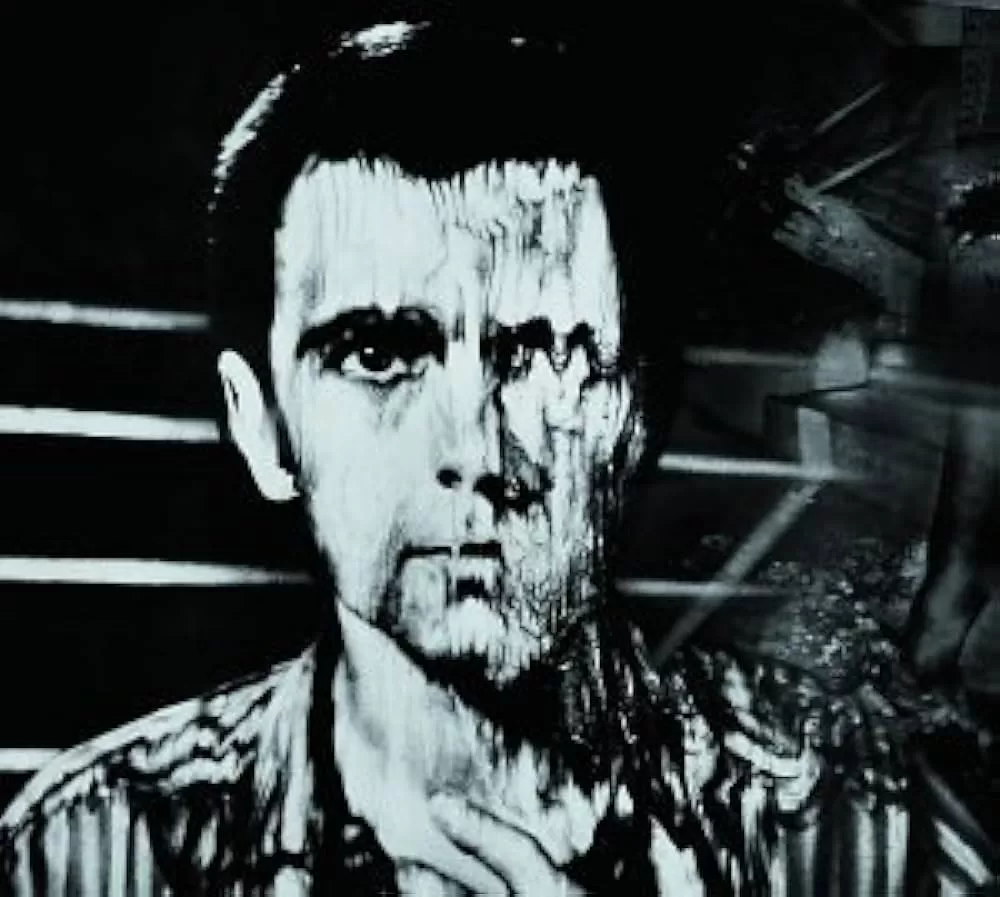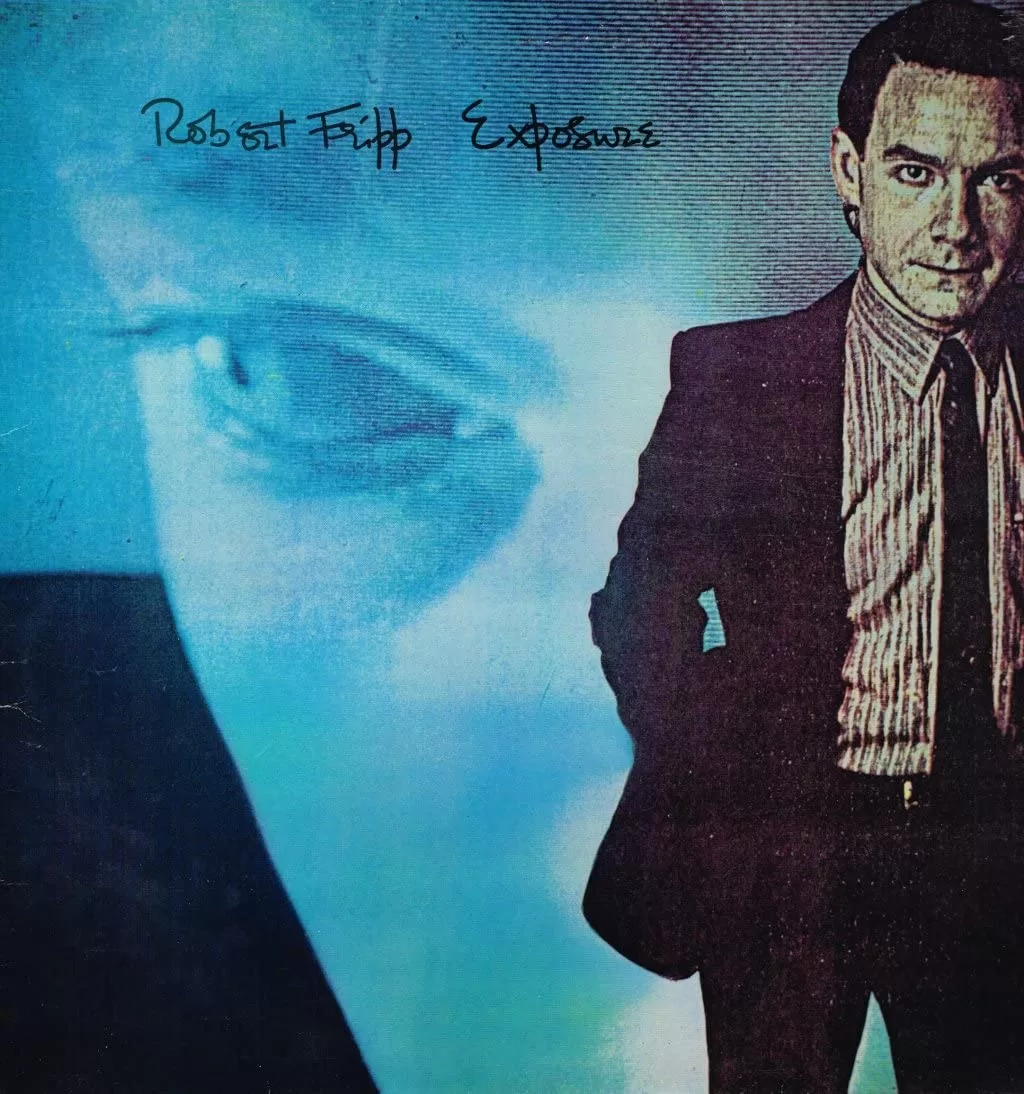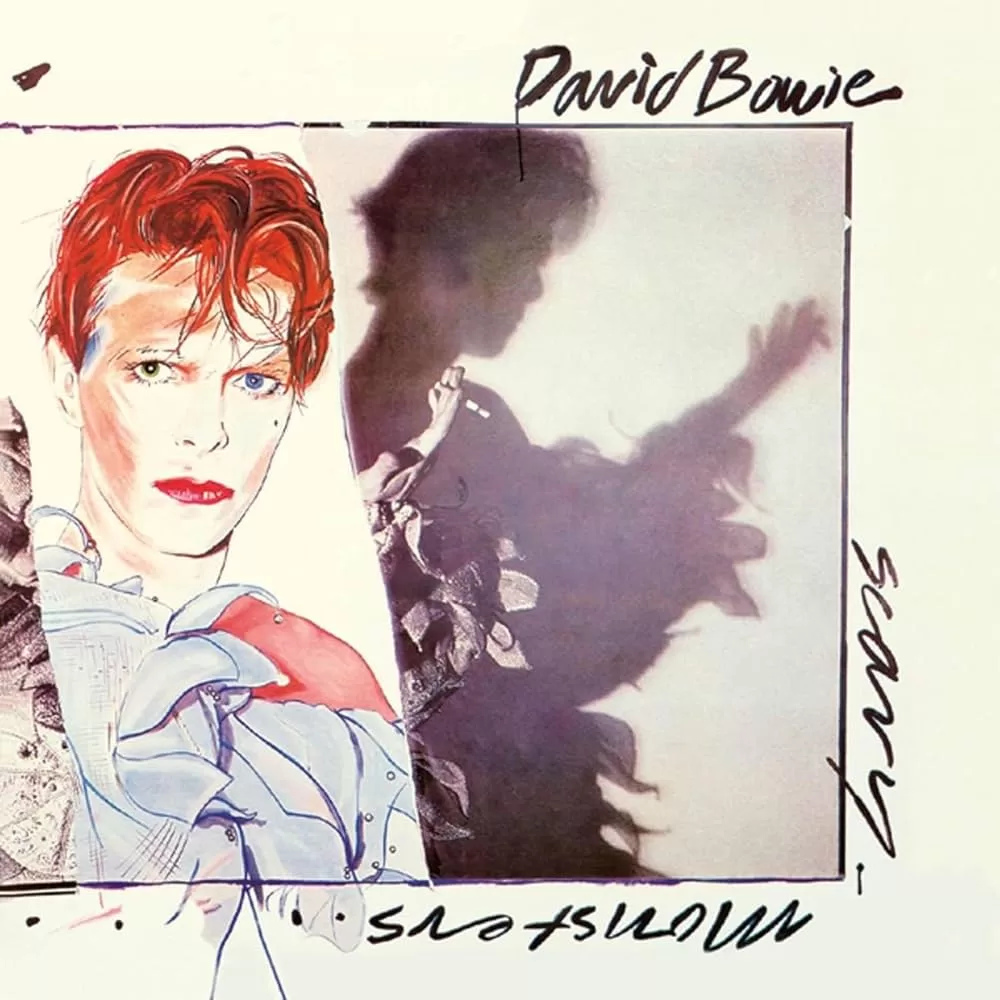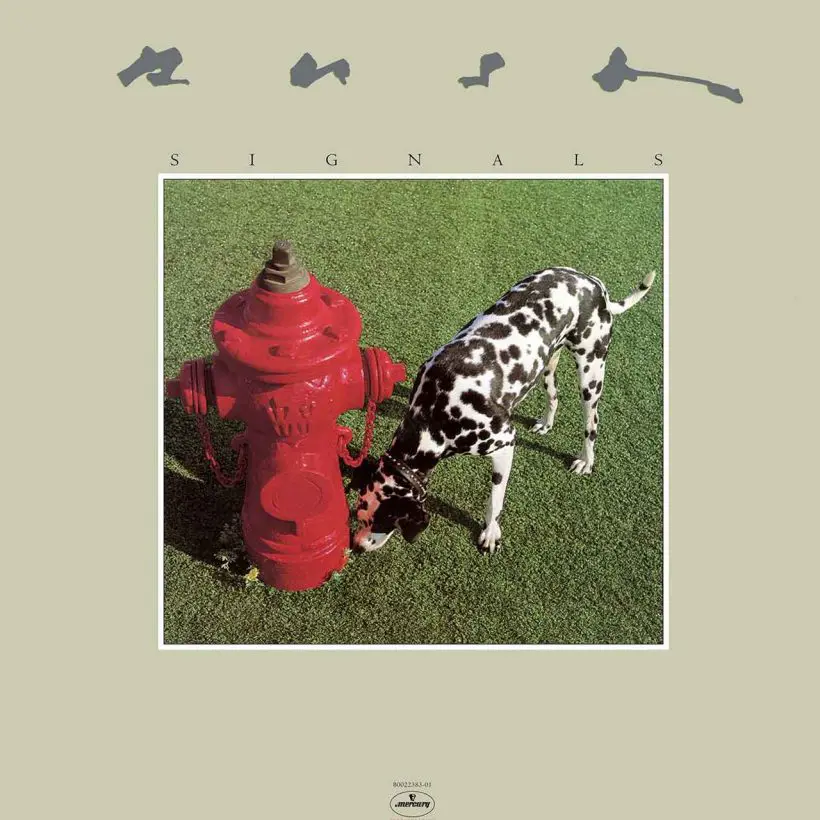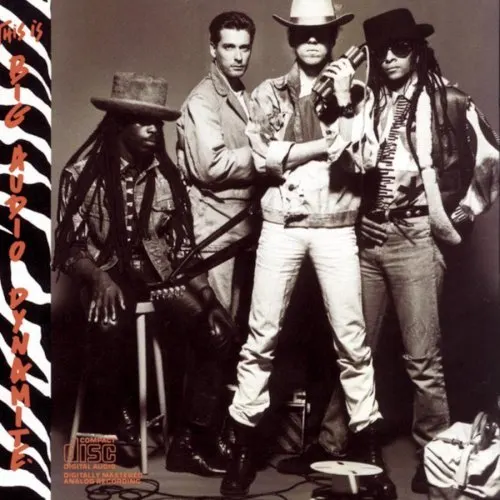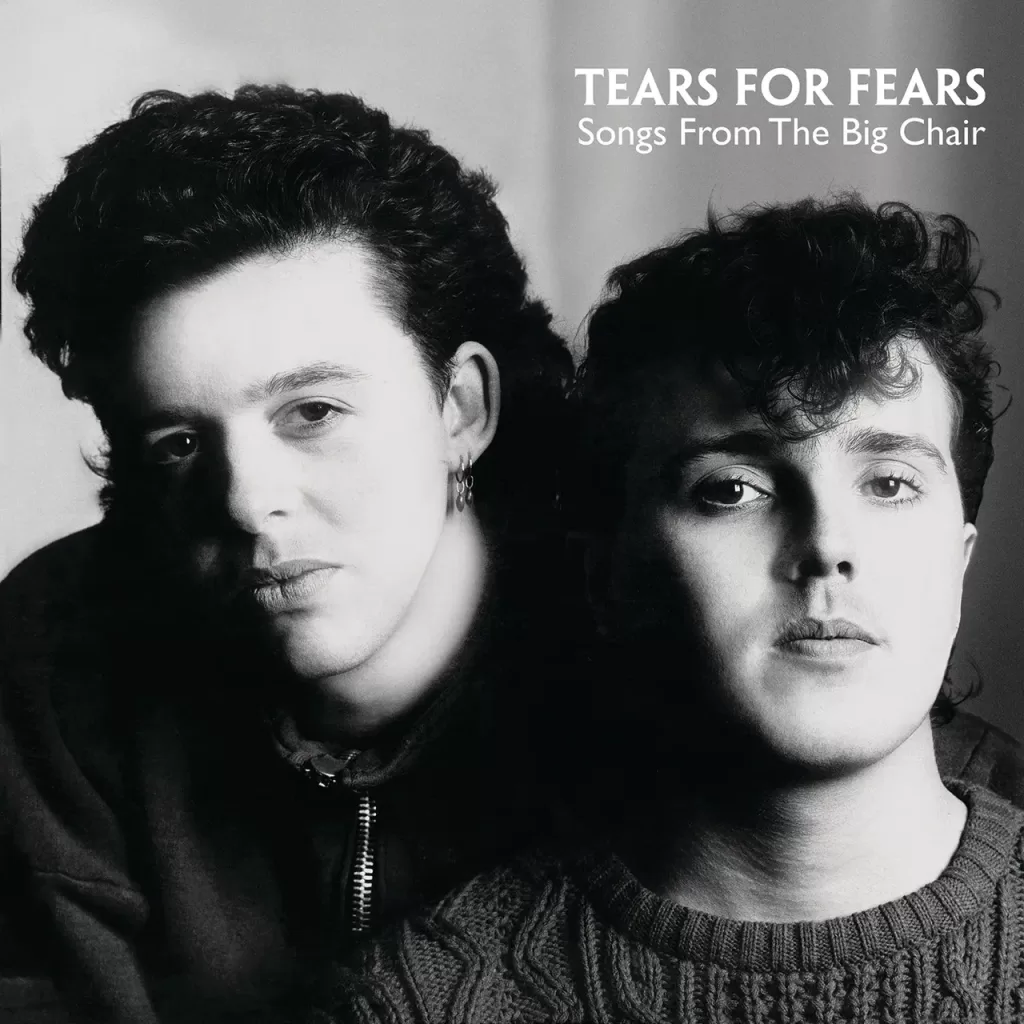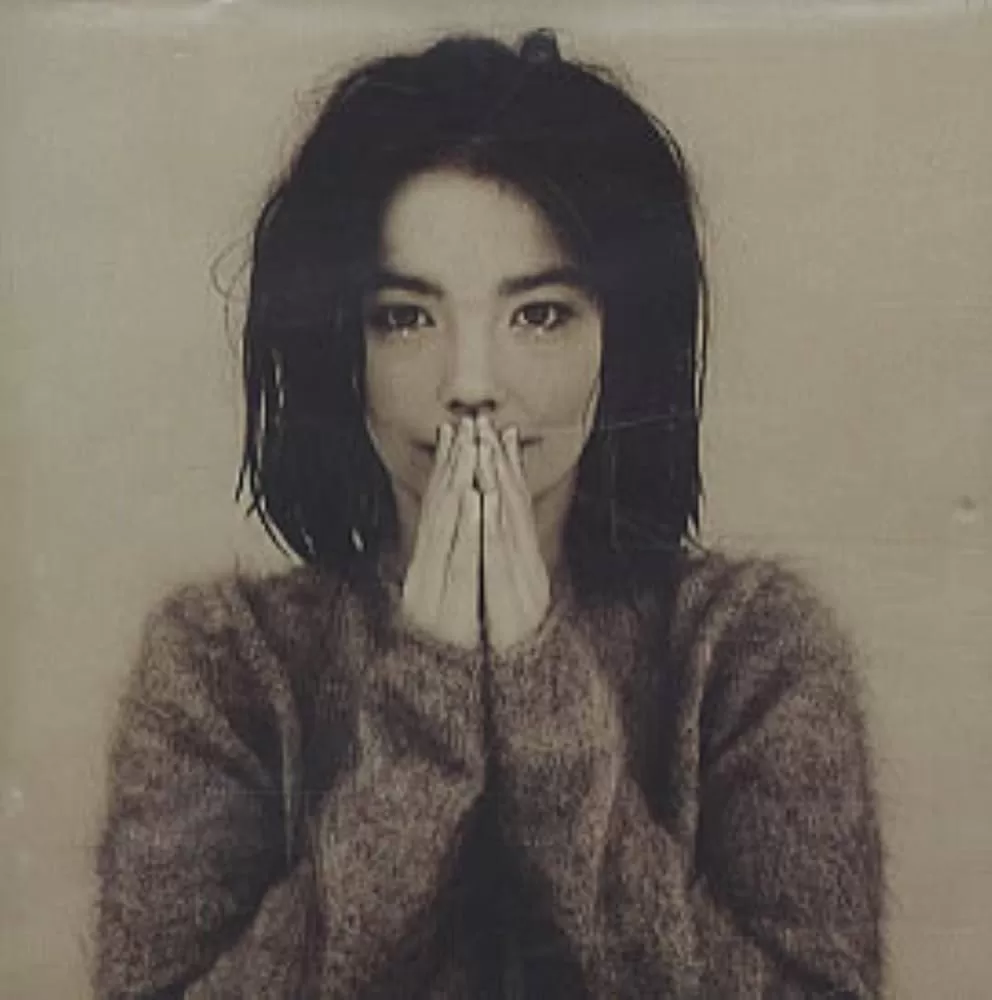There are many albums and artists I enjoy, and I listen to them often. These are some of my favorites since they were released. I must point out that this list is subjective. I thought it would be interesting to mention a few off the beaten path rather than just listing the obvious hits.
Her Satanic Majesties Request – The Rolling Stones (1967)
Her Satanic Majesties Request (1967) was the first album produced by the Rolling Stones themselves. Recorded between February and October 1967, it was delayed by the band’s drug use, court appearances and jail terms which resulted in the band rarely being all together in the recording studio. Unlike anything they had created before, this album featured experimental sound effects, new instruments and african rhythms. In addition, the surrealistic album jacket and lenticular cover photo make it a real time capsule of 1960’s psychedelia.
“Every day at the studio it was a lottery as to who would turn up and what – if any – positive contribution they would make when they did. Keith would arrive with anywhere up to ten people, Brian with another half-a-dozen and it was the same for Mick. They were assorted girlfriends and friends. I hated it! Then again, so did Andrew (Oldham) and just gave up on it. There were times when I wish I could have done, too.”
-Bill Wyman in his 2002 book Rolling with the Stones
This is one of my favorites and also one of the first albums that I listened to. The first song I learned on piano by ear is “She’s a Rainbow”. After over sixty years, I can still listen to the entire album in a single sitting.
Quadrophenia – The Who (1973)
Quadrophenia is the second of The Who’s “rock opera” albums which was the only album completely written by Pete Townsend. After “Tommy” and “who’s Next”, The Who needed to produce another ‘hit’ and Quadrophenia successfully reached #2 on the Billboard Chart in 1973. Pete Townsend indirectly suggested that it was the last album with Keith Moon playing well, returning to his signature drum style. The critical reception was good, as were most reviews. The album was well-received for the music, but there was also praise for the lyrics. The lyrics were seen as insightful, but some critics thought they had gone too far, as they were somewhat morbid.
“never recorded anything that was so ambitious or audacious again”
-Pete Townsend, 2011
I originally bought this album shortly after its release on a friend’s recommendation. I immediately loved this album as a teenager, not only for its rebellious theme but also for its powerful rock and roll sound. As I grew older, I also developed an appreciation for the craftsmanship in the music.
A Trick of the Tail – Genesis (1976)
“A Trick of the Tail” is the first album after founding member, Peter Gabriel, left Genesis, and in my opinion, the band hit a home run. At first, when Peter Gabriel left the band, it seemed like a death blow to lose the lyricist and lead singer. However, incredibly, the band carried on with drummer, Phil Collins, filling the lead singer/frontman duties. This album is a transition from the old Peter Gabriel era of Genesis into the Phil Collins’ more mainstream songs. But this album still retains the Gabriel spirit but starts to add a heavier rock vibe in the new songs.
“It was very satisfying for us to show that we could carry on … It was great not to have to involve another person too.”
– Tony Banks
I was 15 years old and my dad drove me and my girlfriend to see Genesis in concert. The show was at the Beacon Theatre, and it was an unforgettable night. It was the 11:30 PM show, and we didn’t get home until the wee hours of the morning. Bill Bruford (Yes, King Crimson) was on drums, and the music was just phenomenal. It was a show that we will never forget, and it’s one that keeps me playing and coming back to Genesis after all of these years.
Songs From the Wood – Jethro Tull (1977)
Songs From the Wood was released in early 1977, this was the tenth album released by Jethro Tull. I was never a big fan of Jethro Tull, I thought their songs too ‘dark’ and ‘moody’. “Songs From the Wood’ was a big change in tone for me, combining rock and roll with classical folk music and medieval instruments.
“Jethro Tull with kitchen prose, gutter rhymes and divers songs from the wood”.
– Front Cover from ‘Songs From the Wood’
This is my goto aLbum when the weather changes in the autumn. I think it is the perfect accompaniment to the change of seasons.
Eat to the Beat – Blondie (1979)
Blondie was a favorite since the ‘Parallel Lines‘ album. I believe that ‘Eat to the Beat‘ represents their career peak in songwriting. Their more polished sound lead to a more focused sound on tracks such as “The Hardest Part” and “Atomic”. Debra Harry’s phrasing and range perfectly fit the
“The music was good but the group was showing signs of wear and tear. The meetings, the drugs, the partying and the arguments had beaten us all up, and it was hard to have a positive attitude when the project was finally finished. … Was this the record that the public was waiting for, or was it just the waste of seven sick minds? I had never experienced this kind of emotional rollercoaster before, and I have never forgotten the sounds, smells and tastes that came with it. I guess that was what they meant: Eat to the Beat.”
– Mike Chapman, production
I played with a ‘punk rock’ band that covered Blondie’s ‘I Know but I Don’t Know’ song. This lead to me buying ‘Parallel Lines’ and my admiration of the Blondie band. At this time, Blondie had many songs on the radio. This might have been the beginning of the end for a band to follow up a success like ‘Parallel Lines’, but ‘Eat to the Beat’ continued Blondie’s radio-play domination.
Melt – Peter Gabriel (1980)
The third Peter Gabriel did not have a title keeping with the first two albums, later was known by fan nickname ‘Melt‘. The use of cymbals was banned, but the album introduced ‘gated reverb’ drums which became a signature sound of 1980s music. Phil Collins used the effect on this album’s song ‘Intruder” and later on his solo record on ‘In The Air Tonight’. This album was also to be a part of a triptych with Robert Fripp, David Bowie and Peter Gabriel, each would perform the others song on their own album. Fripp and Gabriel shared ‘Exposure’ and ‘Here Comes the Flood’ respectively, however David Bowie not participate in the end.
“Artists given complete freedom die a horrible death”, Gabriel explained to Mark Blake. “So, when you tell them what they can’t do, they get creative and say, ‘Oh yes I can,’ which is why I banned cymbals. Phil was cool about it. [Marotta] did object and it took him a while to settle in. It’s like being right-handed and having to learn to write with your left.”
Peter Gabriel interview, 2011
Exposure – Robert Fripp (1979)
‘Exposure‘ is Robert Fripp’s first solo album recorded between 1977 and 1979. It features performances by Peter Gabriel, Daryl Hall, Phil Collins and Brian Eno. The cover design and photography is by Blondie’s Chris Stein. The music is more accessible than some of Fripp’s concurrent King Crimson offerings.
“I’d like to play you a few things that I think might be commercial”
Robert Fripp
Scary Monsters – David Bowie (1980)
Beat – King Crimson (1982)
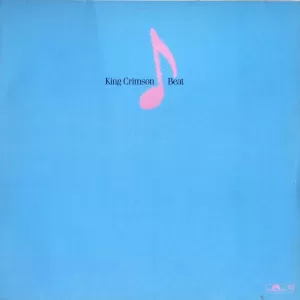
My favorite line-up of players including Adrian Belew (vox, gtr), Bill Bruford (drums), Tony Levin (bass) as well as founding member Robert Fripp.

